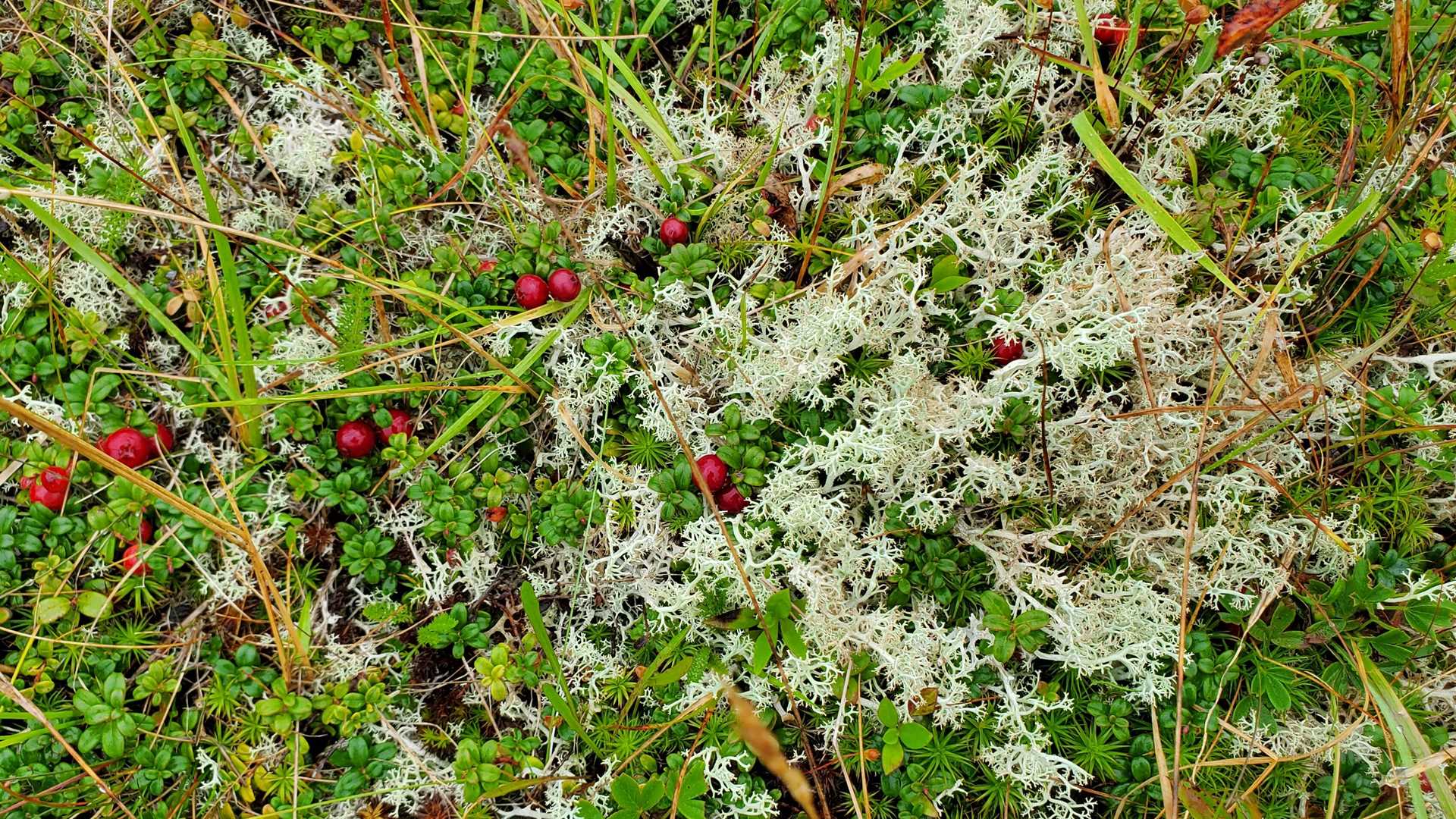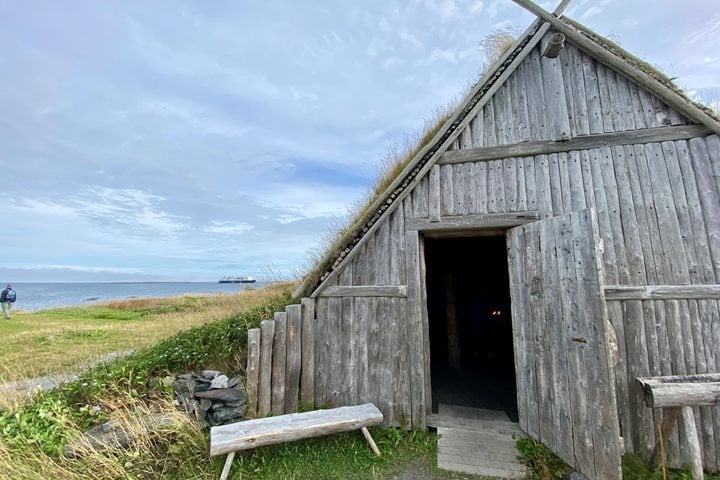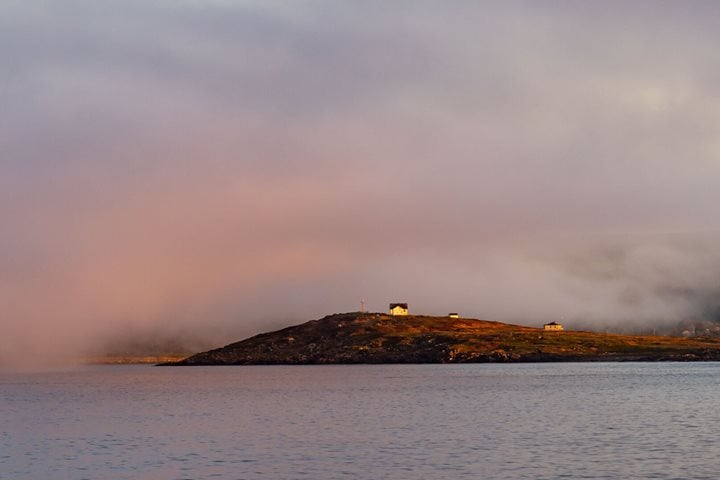This morning we were enjoying safety demonstrations when a message came from the bridge that a humpback whale carcass was floating near the ship. When we got close, we could see sharks feeding on the carcass. A good day for the sharks, not such a good one for the whale.
We continued onward to St. Pierre; with a population of 6,000, it is the smallest of three islands in a French overseas collectivity. Here we participated in three different excursions. Some guests went downtown and wandered the ruelles to shop, have coffee, and visit the museum (which features a guillotine). When Jacques Cartier passed by here in 1536, there were already fishermen here from Brittany, Normandy, and the Basque Country. A small group of guests hiked the Anse a Henry trail with guide Gil, who pointed out two of the seven carnivorous plants on the island — the pitcher plant and the sundew. Other notable flowers they encountered on the hike were purple aster, goldenrod, Labrador tea, red tea (which tasted like spearmint), blackberries (still an unripe red), blueberries, and cotton grass.
Four groups toured Ile aux Marins and heard the history of the fishing industry, including how the French dried and salted cod on rocks (les graves). We visited the cemetery, the mayor’s house (under construction, it has a ramp for the only car that was on the island), and the school which held its final class on July 6, 1963. French fishermen used flat-bottomed dories to catch cod and returned to shore each evening, but their way of life was phased out by the development of factory freezer trawlers.
The day finished beautifully with a cocktail hour hosted by Captain Yuriy, dinner, and a talk by National Geographic photographer Phil Schermeister about tools and techniques for better photography.







